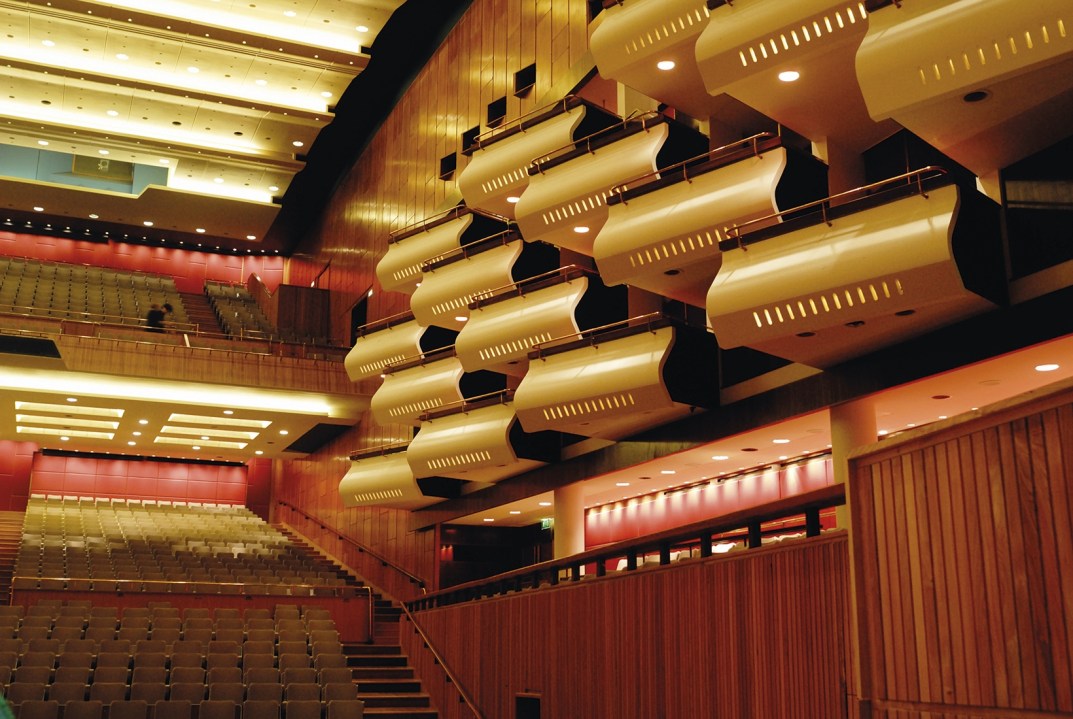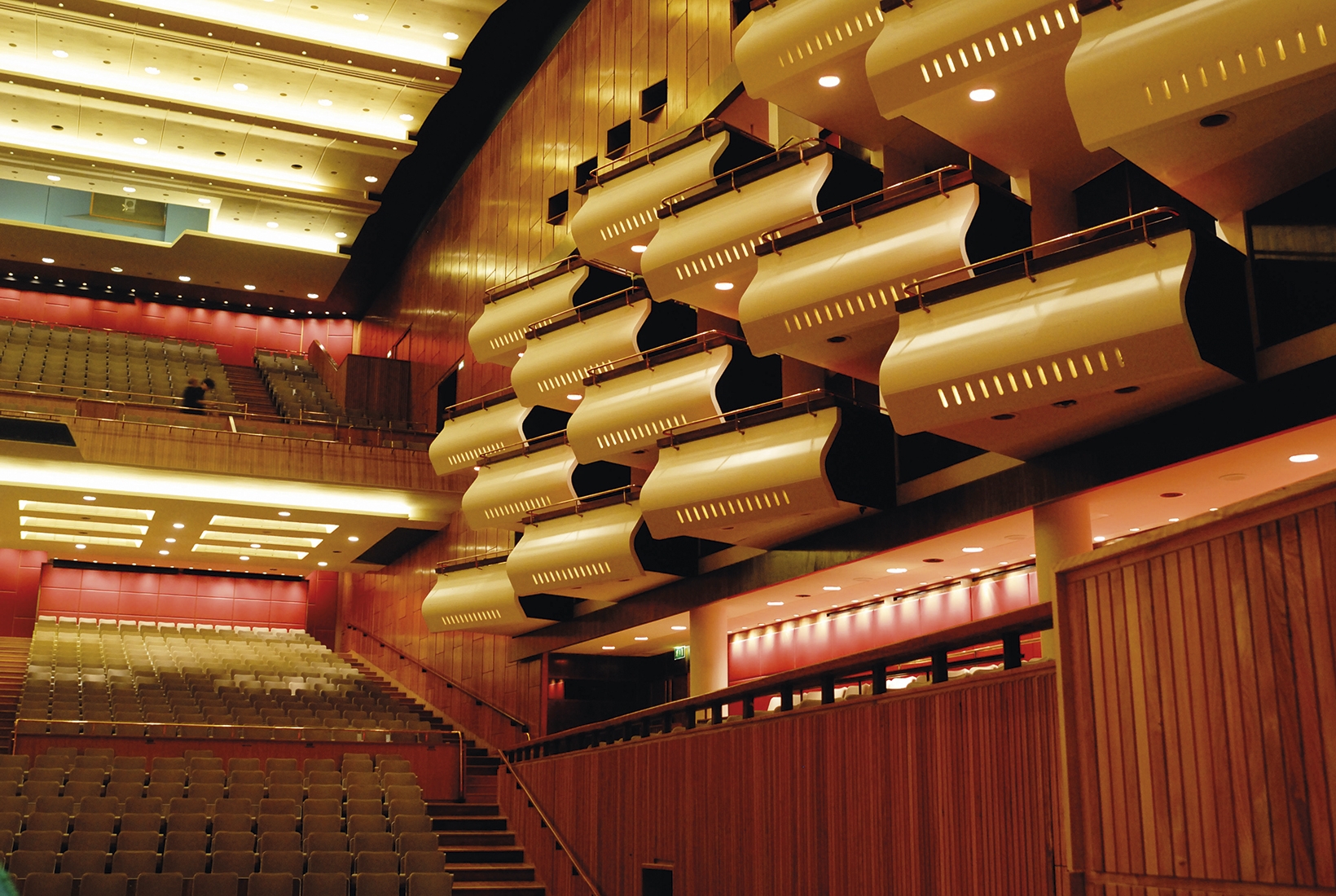I must have written about this subject 100 times in 30 years and I’m still having to restate the bloody obvious. London’s South Bank Centre, which has just gone bleating to the government for more money, is the biggest subsidy guzzler in the country and the despair of the rest of British arts.
The South Bank receives £19 million a year from the Arts Council, on top of the many millions that go to each of the so-called ‘resident ensembles’ that perform within it. What it does with the money is anyone’s guess because, as far as the eye can see and the nostrils can smell, the South Bank is now a fast-food mall with an occasional classical concert buried within it. How did it get so bad?
When Margaret Thatcher demolished the Greater London Council, two likely lads at 105 Piccadilly decided that the South Bank should become a sub-quango of the Arts Council and that one of them, Nicholas Snowman, should run it. A board was cobbled together of public worthies and two orchestras were invited to pitch for sole residency. In classic fashion, both got it.
Things went from bad to worse as, sensitive to the appalling acoustic of the Royal Festival Hall, contractors were appointed to give the whole site an overhaul. A man of vast Australian experience was placed in charge, succeeding Snowman who retired to Glyndebourne. The project came in about a year late and way over budget — £120 million was the last number I saw — and without transforming the sound of the Royal Festival Hall into anything much better than municipal baths. Among foreign orchestras, it remains a laughing stock.
Time after, the South Bank demanded more money and year after year the Arts Council coughed up. Neither body was answerable to anyone. In an occasional appearance before the House of Commons culture and sport committee, they blustered with bromides. When I was called to give evidence, I recommended privatisation. Put out tenders for entrepreneurs — including orchestras — to be responsible for blocks of programming and let a thousand flowers bloom. At the very least, the place would not lose so much money, feed so many jobsworths or stink so badly day and night.
Private operators are still the best solution and now that the South Bank is in dire Covid straits we should give a final heave and get the government to save the site from itself. What’s the case against privatisation? Independence, of course. Must keep it as a public asset, make sure no one interferes in the editorial content of a Brahms symphony, keep the board to raise more money.
All nonsense. A sensible unsubsidised operator, like Nicholas Hytner at the Bridge Theatre, has shown that private money can be far more enterprising than the state-coddled National Theatre. As for the South Bank board, I simply despair. At Carnegie Hall, the chairman is the person who puts in the most money, his deputy is usually the second-placed donor. On London’s South Bank, they see very little by way of board largesse.
Which does not prevent a totally supine arts media from rushing to defend the South Bank to their last free croissant every time someone dares to suggest that the whole shower should be shut down until a capable plumber is brought in.
Rotten pipework, however, is what has landed the South Bank where it is today — a tissue of historic fudges held together by a thin strand of musical activity, itself of variable quality. Forget the Royal Festival Hall for a moment. No one in half a century has managed to explain what the Queen Elizabeth Hall and Purcell Room are for, let alone the Hayward Gallery which must be the most forbidding place to hang art this side of Irkutsk.
Save that? Better to take the South Bank apart, piece by piece, in a period when there is no performance, so that it can put it together again under entrepreneurial management over the next year, ready to serve the public interest once concerts resume. It was the public, after all, who paid from their LCC rates to have the place built in 1951. That public has been given no say in its destiny ever since.







Comments